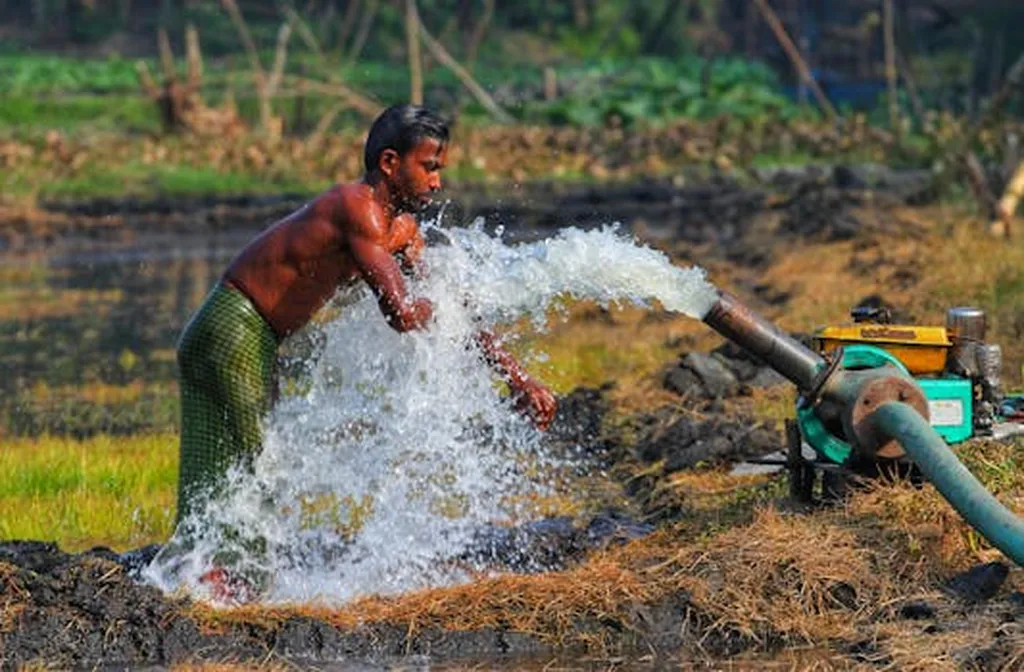In the arid landscapes of western Iran, where water is a precious commodity, a groundbreaking study is set to revolutionize how we manage and understand one of our most vital resources: groundwater. Led by Sajjad Moradi Nazarpoor from the Faculty of Earth Sciences at Shiraz University, this research introduces a novel approach to classify groundwater samples, offering significant implications for the energy sector and beyond.
The study, published in the *Journal of Groundwater Science and Engineering* (known in Farsi as *Journal of Groundwater Science and Engineering*), focuses on the Chahardoly aquifer, a critical water source west of Hamadan, Iran. The research integrates stiff diagrams, geostatistical analysis, and geometric computation to map the boundaries of a confined aquifer based on hydrochemical characteristics. This is the first time such a comprehensive approach has been employed, combining these tools to provide a detailed understanding of groundwater quality and distribution.
“By integrating stiff diagrams with semivariogram analysis, we enhance our understanding of hydrochemical processes, offering a robust framework for groundwater resource identification and management,” explains Moradi Nazarpoor. This methodology not only delineates the extent of confined aquifers but also differentiates them from unconfined aquifers based on hydrochemical signatures. The Root Mean Square Error (RMSE) of the linear model used in the study plays a crucial role in this differentiation, providing a reliable metric for assessing groundwater quality.
The practical applications of this research are vast, particularly for the energy sector. Accurate mapping of groundwater resources is essential for sustainable energy production, including geothermal energy and hydraulic fracturing, where water usage and quality are paramount. By providing a more precise understanding of groundwater distribution and quality, this research can help energy companies optimize their operations, reduce costs, and minimize environmental impact.
Moreover, the study’s validation process, which involved generating a cross-sectional hydrogeological layer from well logs, confirms the presence of aquitard layers. This validation step ensures the accuracy and reliability of the methodology, making it a valuable tool for future groundwater management and research.
As the world grapples with increasing water scarcity and the need for sustainable resource management, this research offers a promising solution. By enhancing our ability to map and understand groundwater resources, it paves the way for more informed decision-making and better resource management practices. The integration of stiff diagrams with geostatistical analysis represents a significant advancement in the field, offering a robust framework for groundwater resource identification and management.
In the words of Moradi Nazarpoor, “This approach not only enhances our understanding of hydrochemical processes but also provides a reliable tool for groundwater resource management, which is crucial for sustainable development and energy production.” As we look to the future, this research is poised to shape the way we manage and utilize one of our most precious resources, ensuring a more sustainable and secure water future for all.

